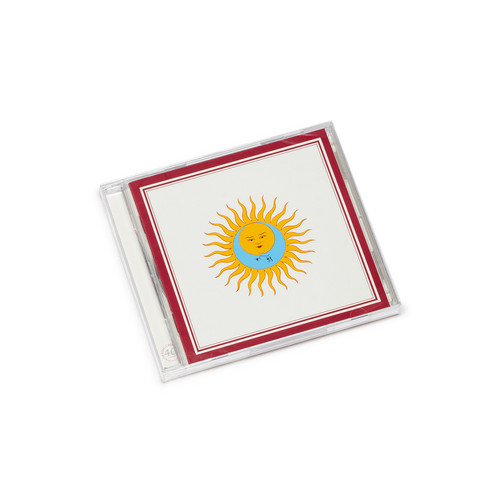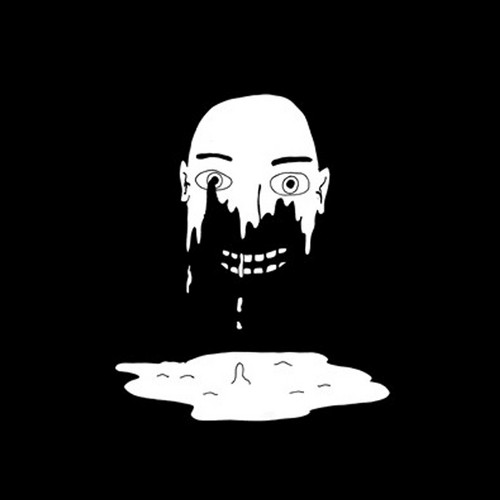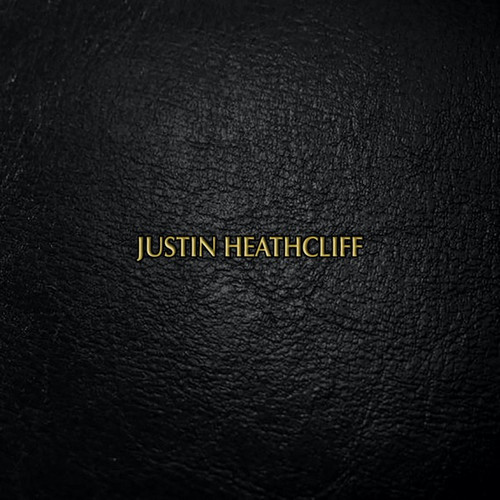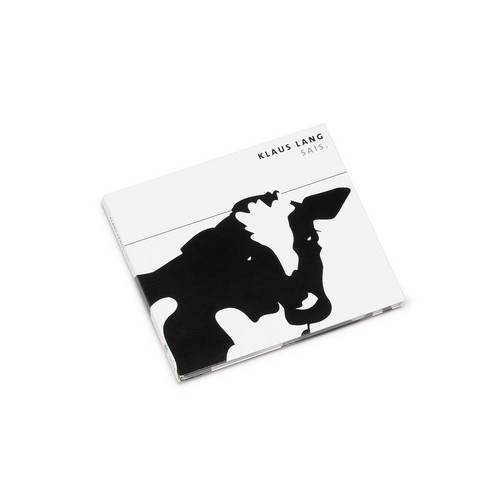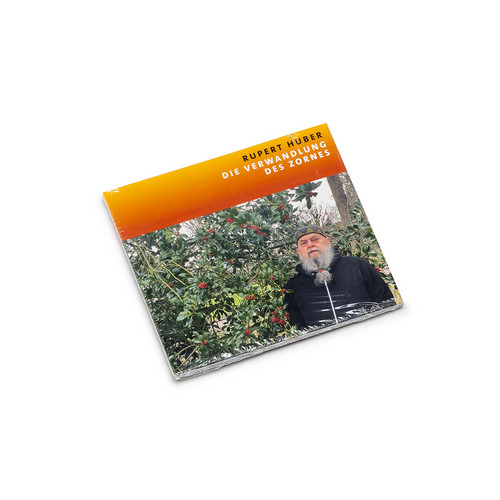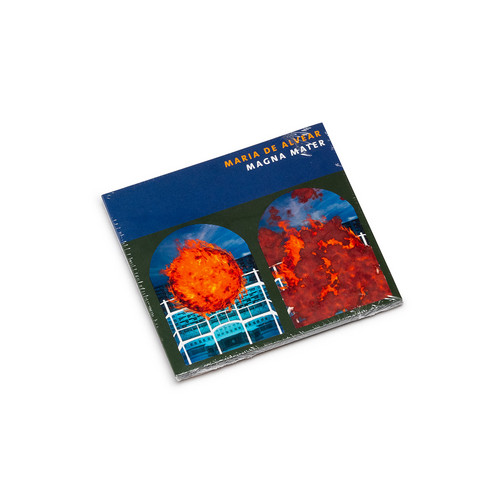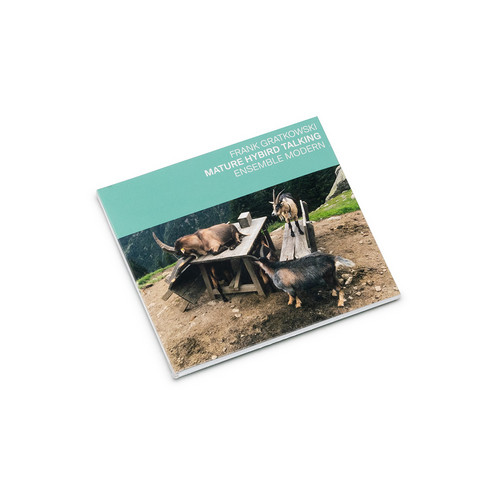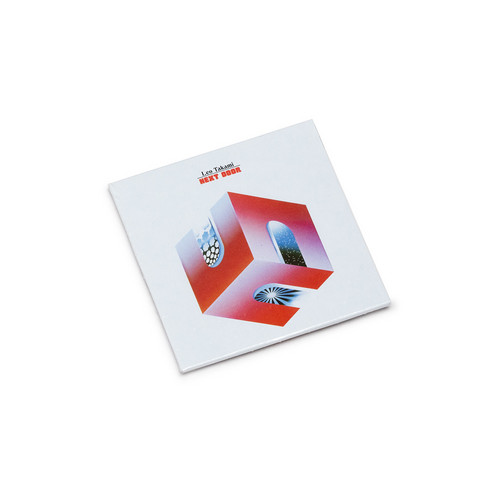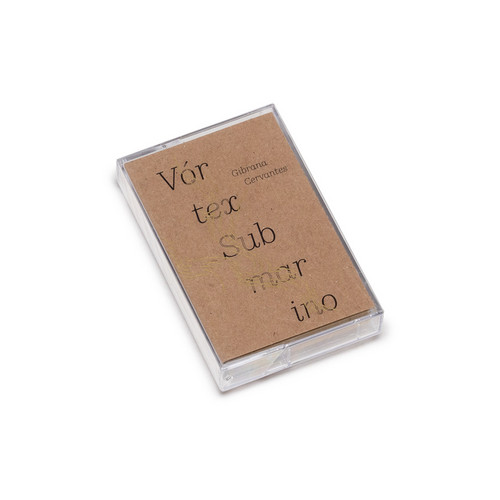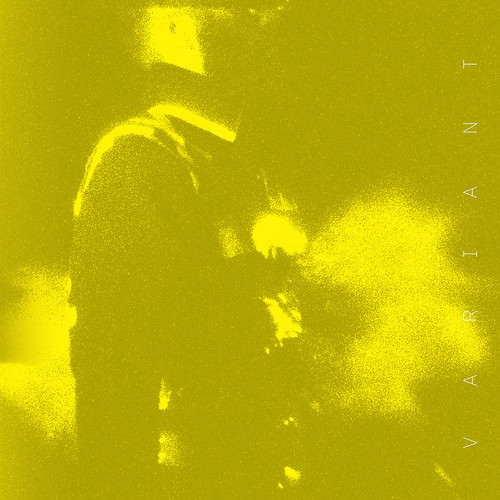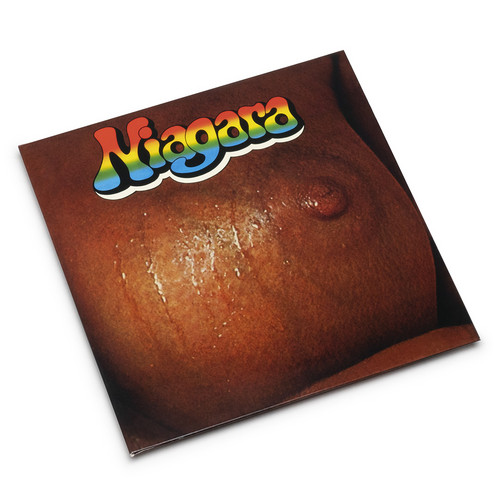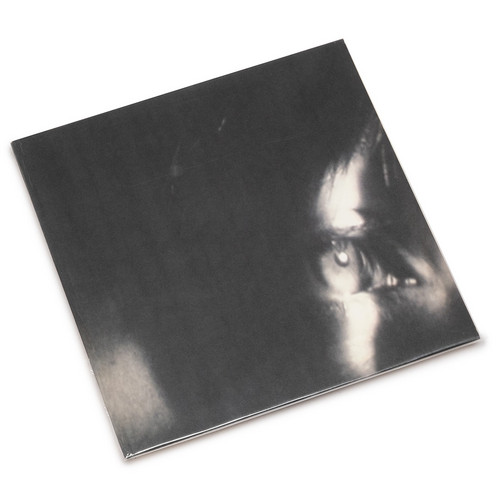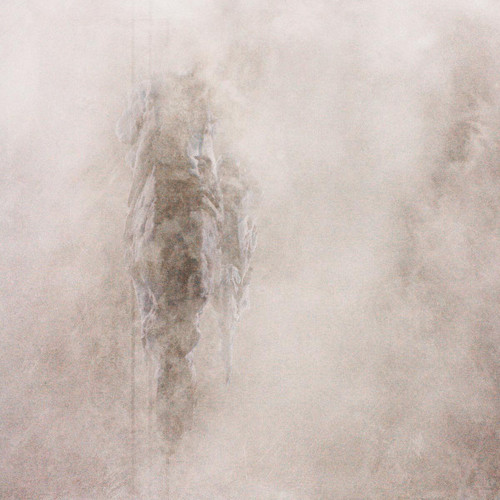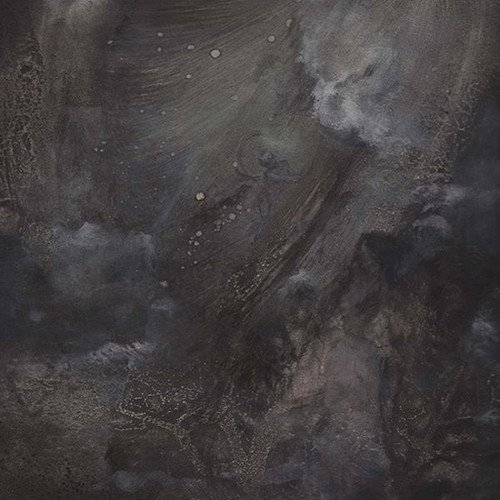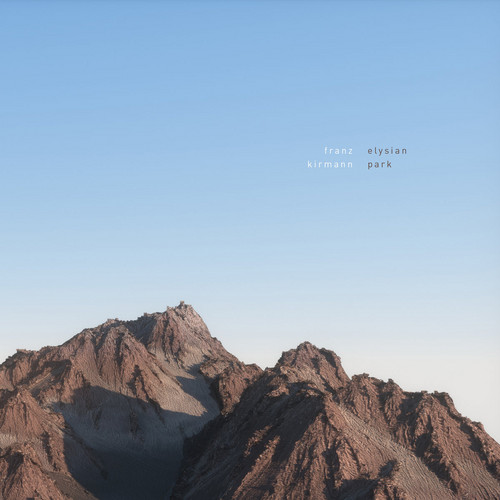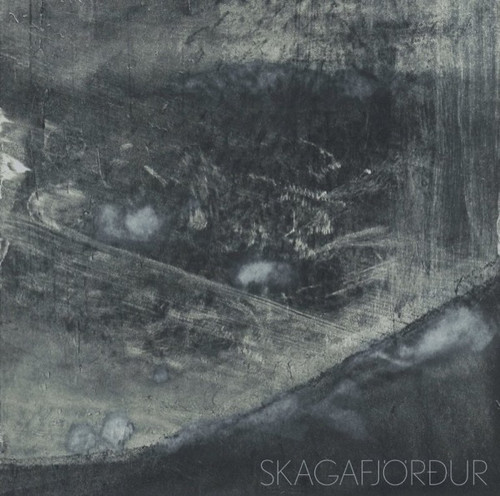Back in stock
Larks' Tongues In Aspic
Released in clear-tray jewel case with 12-page booklet. Larks' Tongues In Aspic is the fifth in a series of audiophile King Crimson vinyl reissues. Newly cut from masters approved by Robert Fripp, this super-heavyweight 200gm vinyl re-issue is housed in a reprint of the original sleeve. With its raw tone, inspired improvisations and hard hitting odd-metered rhythms, the album marked a radical departure for this most forward thinking of groups and was the first to include Bill Bruford and John We…
Live At Kathy's B-Day
Numbered edition of 200.John Olson (Wolf Eyes, American Tapes, etc..) and Spencer Yeh (Burning Star Core) live.
Zayna Jumma
Group Doueh's latest record is here and the plot continues to thicken! From the gorgeously cracked yet all-embracing opening drum roll of Zayna Jumma (the title track), it's evident this band is hell bent on redefining the sound of its influences and in turn, shape the future sound of its surroundings. It's musical alchemy in its purest, most remarkable form, pushing at the boundaries of geographical divergence while simultaneously speaking to the shared resonances between Western rock rhythms a…
Lizard
Released in clear-tray jewel case with 12-page booklet. Originally released 1970. Tracks 9 and 10 are bonus tracks taken from the single King Crimson - Cat Food / Groon. Released in December 1970, King Crimson's third studio album, Lizard, is often viewed as an outlier in the pioneering British prog outfit's nearly half-century discography. It's not easily grouped with 1969's stunning In the Court of the Crimson King debut and 1970 follow-up In the Wake of Poseidon, and along with 1971's Islands…
Justin Heathcliff
** Second Edition of 250 ** It is time that this awesome piece of late 60s style beat and psychedelic rock music gets a proper reissue. This one will be appointed with an awesome leathery cover and comes in a strictly limited edition. What do we know about this record? It feels like Syd Barret, Beatles, Twink, The Deviants, T-Rex, Tomorrow and The Small Faces got together for a boozy and smoky jam session out of which a handful of beautiful songs have emerged, ranging from straight, powerful bea…
Sais.
* 2021 Stock * Sais. is a piece about cows. Cows are a topic quite familiar for a composer who lives in an Austrian mountain village at 1000 metres hight. He finds them right in front of his door. The cows that are grazing on a juicy green under a bright blue sky - so we might imagine - are one side of the trio. Within the 100 page long score we meet them in the shape of a line of overtones. Just as natural as the life of a cow on an alpine meadow is the musical material that builds SAIS. as a s…
Questions
* 2021 Stock * Most music proceeds with great self-assurance, more like an answer than like a question, but these pieces raise questions. We hope you will not only listen to the music as the pairs go by, but we will also want to decide whether they are same or different. Try it. Maybe your musical perceptions are better than you think. And if not, well, no one is going to grade you, and you can always try again! - Tom Johnson
This situation raises new questions, which Johnson undoubtedly intends…
Die Verwandlung des Zornes
*In process of stocking* The Zooming is implemented musically; it captures places on the globe that lie in a constantly narrowing field of view around the Kollegienkirche in Salzburg, the site of the piece's premiere. In the north and south, the latitudes represent the boundaries at 90° each, in the east and west, the longitudes at 180° each. The places where the four wind instruments play in the Kollegienkirche each lie on an imaginary line projected in the four different cardinal directions, n…
Magna Mater
*In process of stocking* "Magna Mater for voices, ensemble and video installation (2013) is one of Maria de Alvears most important recent works. It constitutes a ritualistic invocation of all-nourishing Mother Nature. Sounds, words and images evoke her power and wisdom, the destructive power of earthquake, asteroid impact, drought and firestorm, and the life-giving elements of soil, sun, water, air, sky, clouds, rain.
In this decidedly visceral music, Maria de Alvear explores archetypal human c…
Mature Hybird Talking
On Mature Hybird Talking Frank Gratkowski, one of the world’s most advanced and original voices in the field of improvised music, teams up for the first time with one of the leading ensembles for composed contemporary music. He dedicates this 45-minute piece to James Joyce and Iannis Xenakis, who both had a major impact on him. Inspired by the rhythm and sound of Joyce's language, Gratkowski and the Ensemble Modern create a widely ramified, sensitive and incredibly vital musical organism. Energy…
Next Door
Adroit jazz guitar, prog rock fantasia, and Japanese environmental music all rest comfortably behind Leo Takami's Next Door. The follow up to the acclaimed Felis Catus & Silence, Next Door finds Takami ruminating on passages — of time, seasons, consciousness. Through music, Leo contemplates daily events and finds beauty in ordinary moments. He also seems to be questioning the value of being stuck in the world, allowing his mind to wander towards something beyond it. His music is earnest, deeply …
Vórtex Submarino
Tip! *50 copies limited edition* Gibrana Cervantes is an acclaimed Mexican musician who has made a name for herself as a violinist, composer, and improviser. She is widely recognized for her innovative and experimental approach to music, which seamlessly blends classical and metal influences to create a truly distinctive style. Cervantes has a gift for combining melody and noise in her compositions, resulting in emotive and contemplative pieces. Beyond her work as a musician, Cervantes is also t…
Variant
This limited edition EP features remixes of tracks taken from the latest album A U R O R A by British producer Evian Christ (following his critically acclaimed Waterfall EP and work with Kanye West); Downward label boss and techno producer Regis (previous remix credits inc. VCMG, Terence Fixmer), Good by Air affiliated experimental artist Dutch E Germ (previous remix credits inc Fatima Al Qadiri and Mas Ysa); Australian duo HTRK and raster-noton recording artist Kangding Ray.
Niagara
*In process of stocking* Niagara was more a project than an actual band formed by German jazz drum legend Klaus Weiss. He formerly worked with another jazz legend from his mother country, Klaus Doldinger and gained fame in the German jazz circuit of the 60s and 70s. His 1971 works with Niagara was the offspring of the vision to create an orchestra made entirely of drummers and percussionists. Despite the fact that there is definitely no regular melody instrument to be heard on this album, the tw…
Isidore Ducasse
A new collaborative project from Jefre Cantu-Ledesma and William Trevor Montgomery. Both musicians played together in Tarantel and Moholy-Nagy. Cantu-Ledesma also runs the superb Root Strata label, releasing solo material under his own name (including a recent LP on Type), and also plays in The Alps. Montgomery also releases music under Lazarus, The Drift and Believer. This project was originally conceived and composed as a soundtrack to an unreleased western. The 14 tracks on this record are be…
Zombi 3 / Zombie Flesh Eaters 2 (Original Motion Picture Soundtrack)
WRWTFWW Records is delighted to unleash the complete uncut soundtrack for Lucio Fulci & Bruno Mattei’s cult zombie-ploitation gem Zombi 3 (aka Zombie Flesh Eaters 2 aka Sanguelia 2, 1988) available on vinyl for the first time ever! This future deluxe edition OOP classic is packed with menacing synths, ghoulish melodies, and contaminated anthems remastered directly from the rare original reels of maestro Stefano Mainetti which were found at an abandoned top secret research facility. Prepare to ge…
One For Sorrow, Two For Joy
Second Moon Of Winter is a new experimental ensemble from Ireland melting discordant ambiences with luminous soprano. Their first installment, a six track album called “One for Sorrow, Two for Joy”, will be released on Denovali Records in January 2015. “One for Sorrow, Two for Joy” was written and recorded live in a series of four hour sessions in a basement by the sea in County Cork in the south of Ireland; no computers, no playback of samples, no overdubs, no further processing after the event…
The Innocents
Marsfield is a collaborative project that involves British musicians Andrew Chalk (Ora, Mirror, Isolde...), Robin Barnes and Vikki Jackman along with Australian Ambient practitioner Brendan Walls. Following Three Sunset Over Marsfield and The Towering Sky - both released on Faraway Press in 2010, The Innocents is the group's third full-lenght release and includes two long mesmerizing compositions.
Elysian Park
Elysian Park is the third album by French, London based producer Franz Kirmann and his second for German imprint Denovali. If Franz Kirmann’s second album, ‘Meridians’ (2014) was a continuation of the nostalgic dreamlike electronica of his first, ‘Random Access Memories’ (2010), then ‘Elysian Park’ is a complete departure from it. The album was born from ‘Hyper Trophies’, a 2012 installation project by Berlin art studio Zeitguised that Kirmann was commissioned to soundtrack. Both the visual and…
Skagafjörður
* LP in black vinyl, includes a duotone printed insert and set of three postcards * Faraway Press, presents Skagafjörður by Andrew Chalk & Timo Van Luijk. Soundtrack to the silent film ‘Skagafjörður’ by Peter Hutton. Originally released on cassette by B.A.A.D.M. Recorded as part of ‘Night of Experimental Film’ event in Ghent, Belgium, 2018 that also saw screenings of Derek Jarman’s ‘The Angelic Conversation’ and performance by Tom James Scott, the recording captures the quintessence of Chalk and…
